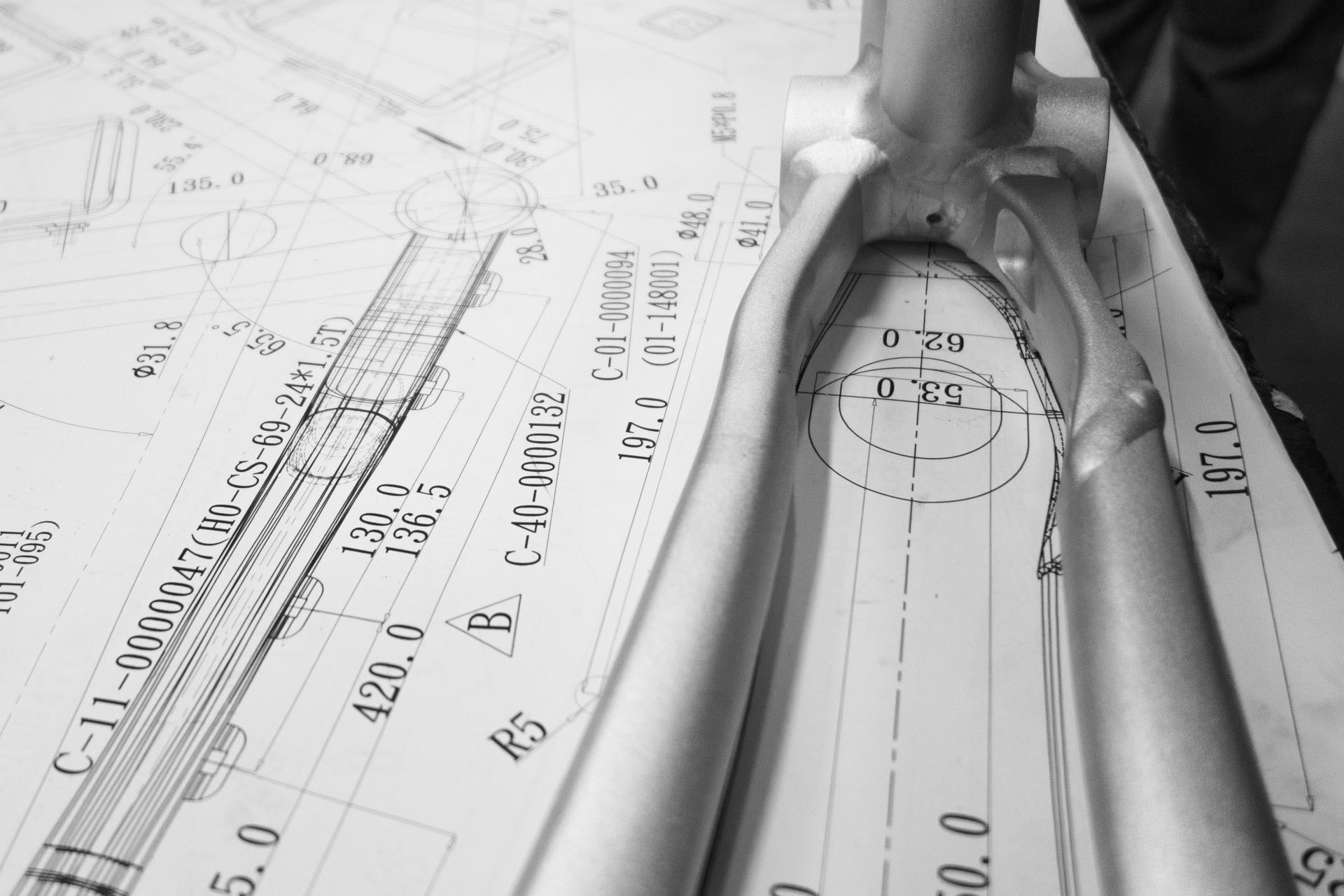
700C vs 650B: Bigger Is Better
Mountain bikers seem to have sorted it out, finally; 29" for flat-out speed and 27.5" for a fun, playful ride. Although rim diameters mirror the MTB debate, the gravel garble over 700C vs 6560B is not as straight-forward.
If bigger is better, what do we upsize; overall wheel diameter or tyre volume?
Dimensions
We'll do our best to compare optimally sized apples with optimally sized apples. Not just for the sake of a simple explanation, but because that's how we designed the Grove R.A.D. Three of the main geometry dimensions that control how a bike handles are head angle, fork offset (or rake) and tread radius (or tyre circumference etc) - combined these dimensions set a bike's "trail". Trail is what determines if a bike is twitchy or stable, nimble or floppy. Mess with your tread radius too much, your trail blows out and the handling can change significantly.
The optimal apple our R.A.D was designed around is the UCI specified cyclocross size of 700x33C, which is on par with the tread radius of a 27.5x2.1" (aka 650Bx53) tyre. Stray more than 8mm in radius either side of this and the steering feel will be noticeably different (i.e. smaller than a 700x28C or larger than 700x40C).
Our Panaracer equipped wheelsets range from the 650Bx48 GravelKing to the 700x35C GravelKing SK (measures as a 700x38C), which are 6mm smaller and larger, respectively, than the 700x33C GravelKing Mud.
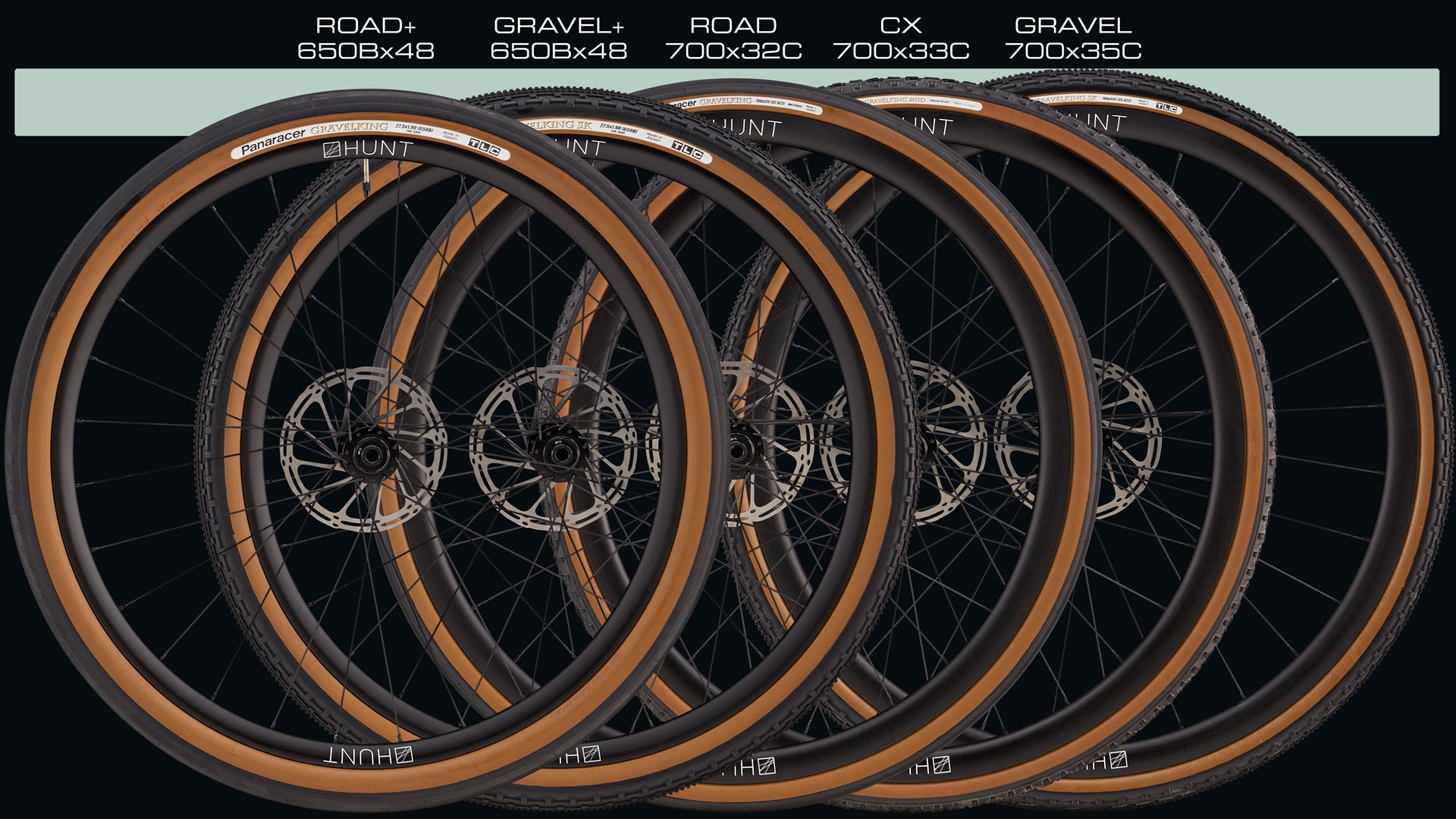
Weight
It would make sense that bigger is heavier and heavier is slower. Now, we're not talking about any old weight here, wheels rotate and any cyclist worth their weight in unnecessary Presta valve caps will tell you that rotational weight trumps a fixed dead weight on anything but the steepest descent. Saving weight in your wheels can make a big difference, but when the going gets rough, there are more factors at play.
650B wheels are lighter than their 700C equivalent due to the smaller rim circumference and shorter spokes, however, when aiming for a relatively comparable tread radius, the additional rubber in a significantly larger 650B tyre will add more weight than the rim saves.
So the 650Bx48 wheelset, although slightly smaller in tread radius, is heavier than a 700x32; does that make it slower?
Volume
Fortunately, most of us seem to have moved on from the days of 110psi 23mm boneshakers and thanks to disc brakes the rulebook has been thrown right out the window to allow the traditional 'road bike' room to fit tyres well beyond the girth of meer cyclocross, but well into the domain of mountain bikes.
When comparing a 700x38C to 650Bx48, the 26% width increase provides over 60% increase in the tyre's cross-sectional area; that volume offers a whole lot of cushion.
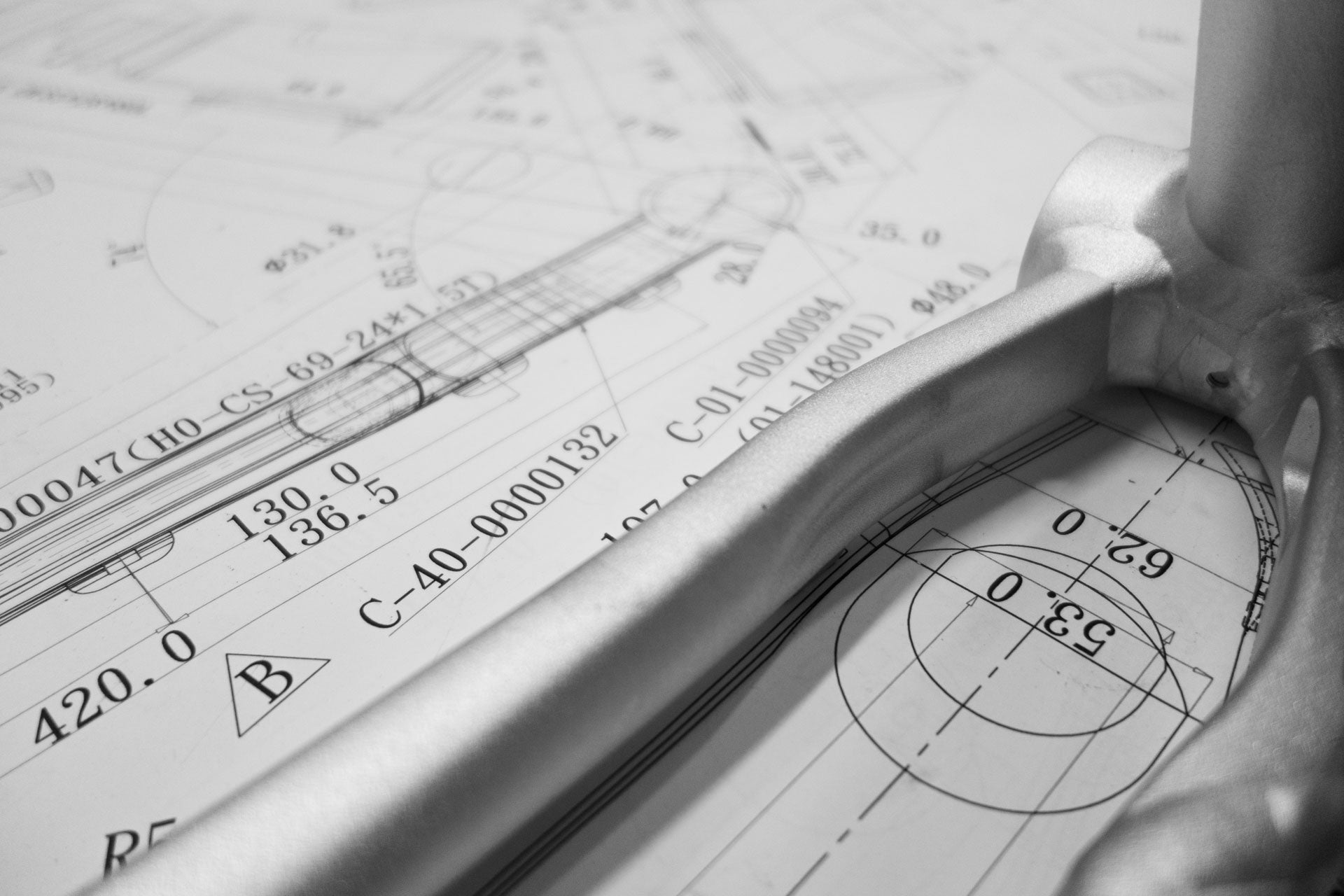
Is there an ideal volume? We believe that depends on how rough your ride is. If your route varies from tarmac to light gravel, then a 30mm tyre is likely enough. If you're expecting rougher roads then you risk pinch-flatting narrow tyres, even with tubeless. If you want to ride full speed along rocky firetrails where line choices are reduced to singletrack, even 40mm tyres may find their limit. This is where the world of high volume 650B comes into its own.
Contact
Traction is relative to the size of your tyre's contact patch with the ground. Larger diameter tyres have a longer contact patch, but higher volume tyres have a wider contact patch. Increased traction assists cornering, braking and climbing on loose surfaces. The potential downside of a larger contact patch is that ground holds and pulls your tyres harder which, depending on the bike's trail, may require more force at the handlebars to counteract. However, assuming the tread radius and hence trail are kept in check, the increased contact width of a large 650B tyre provides loads of traction, even with slick tread.

Recommendations
700C is best suited to CX racers, sealed surface to light gravel riders or those who want to swap tyres regularly to suit the terrain they'll be tackling.
650B opens up a whole new level of trails that previously were reserved for mountain bikes only. A slight weight increase and higher smooth-surface rolling resistance is quickly forgotten when the going gets rough. Whether you're planning a wild ride or just want to keep your options open in case you turn down the road less travelled, then 650B is well worth considering.
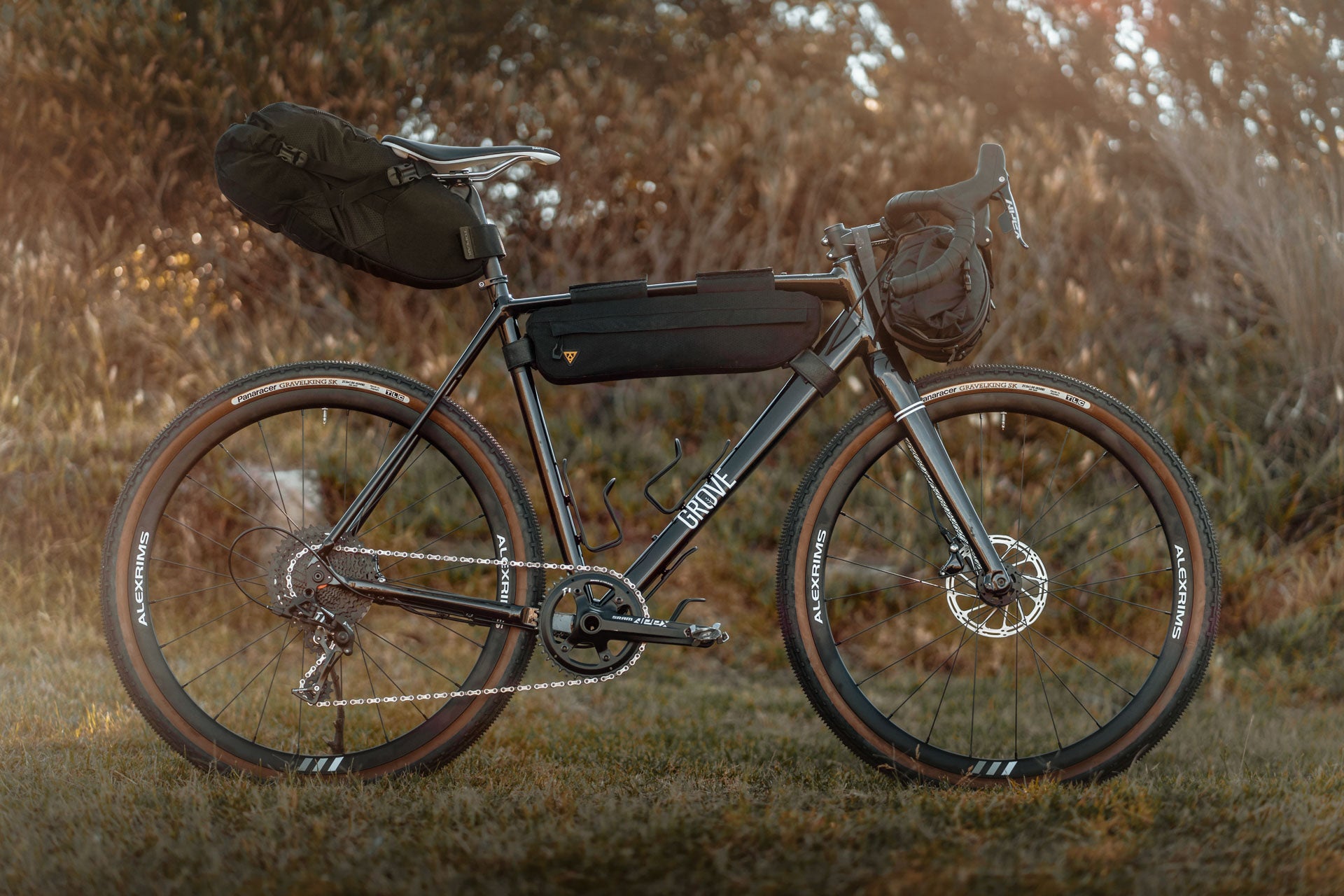
Do you want another opinion? Our mates at Hunt Bike Wheels shared their thoughts here.
1 Response
Leave a comment
Comments will be approved before showing up.
Also in Tech Talk

La Velocita's take on the 700c vs 650b Debate


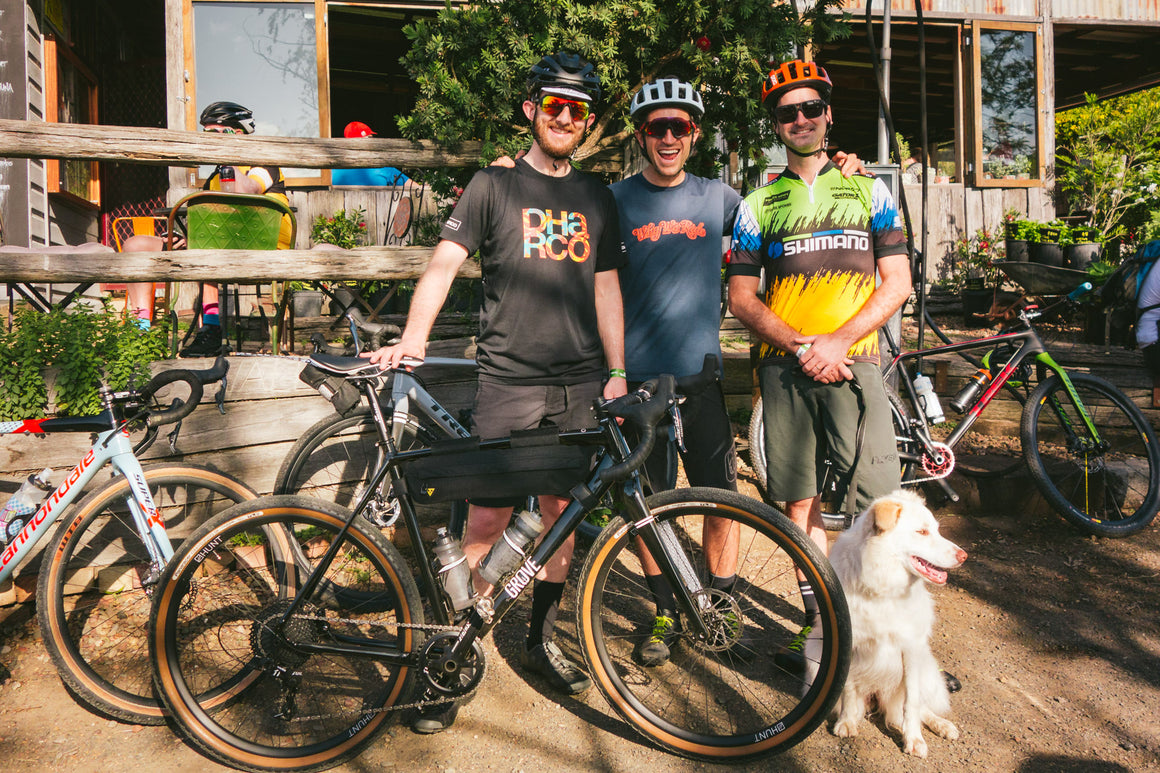
denis chatton
December 14, 2019
prix du vélo RAVE apex plus livraison en France en euro merci